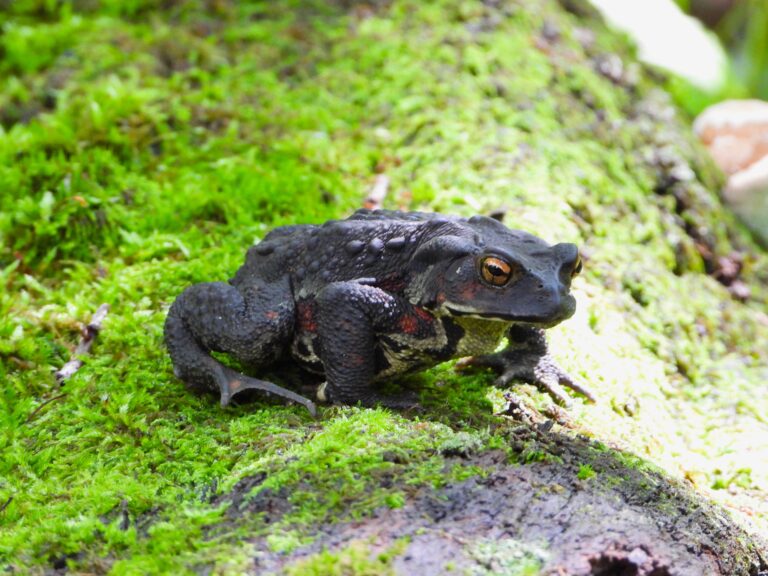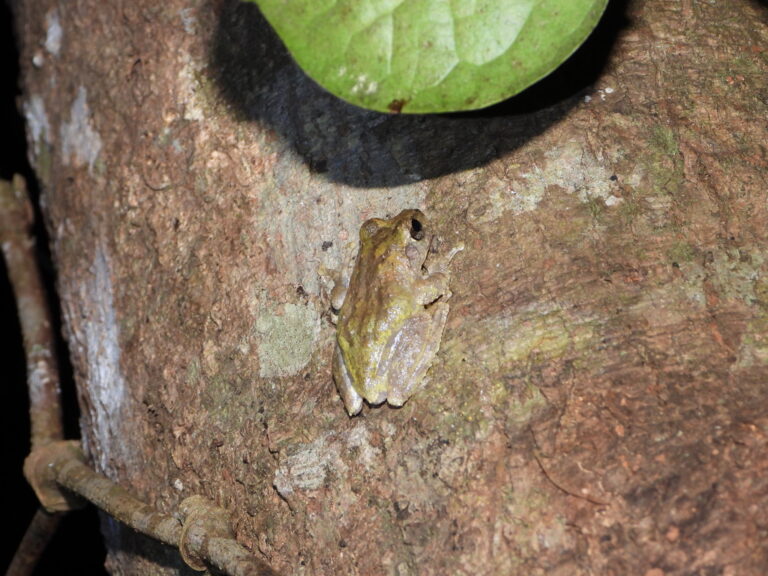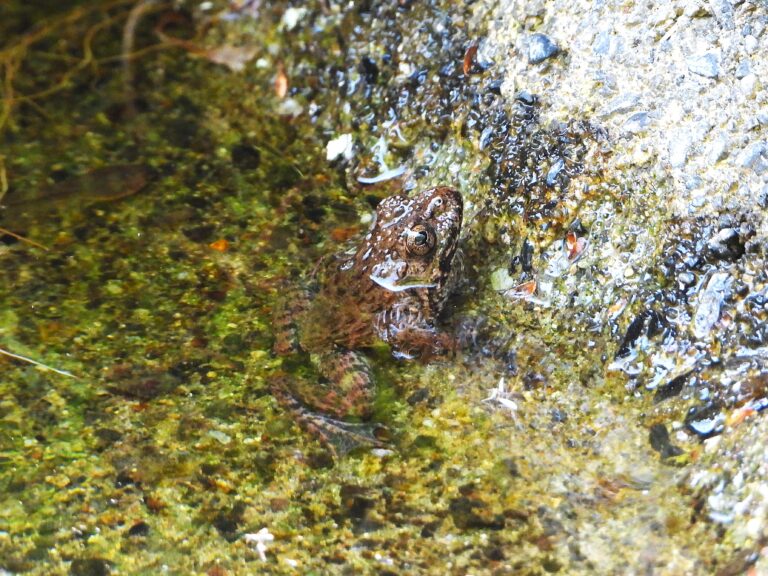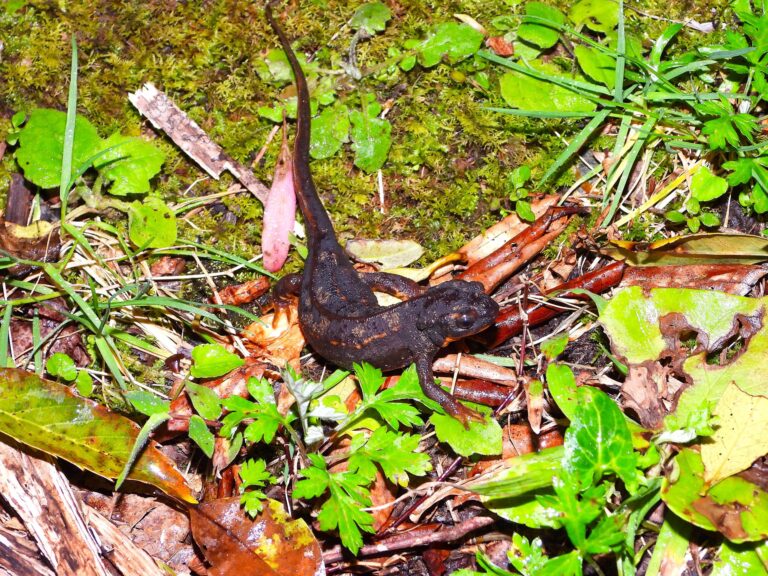Otton Frog (Babina subaspera) – Wildlife of Japan
Introduction
The Otton Frog (Babina subaspera) is an endangered amphibian endemic to the Amami Islands—specifically Amami Ōshima and Kakeromajima in Kagoshima Prefecture, Japan. It is notable for its large size and the unique “thumb-like” inner finger armed with a bone spur (a bony projection inside the digit). Because of its limited range, ongoing habitat loss, and predation by invasive species, the Otton Frog is listed as Endangered (EN) by the Japanese Ministry of the Environment and the IUCN.
Appearance
This species reaches 9–14 cm in body length, making it one of the largest native frogs in Japan. The body is robust, with a broad head and rough, warty skin that inspired the species name subaspera (“slightly rough”).
Males have a distinctive pseudothumb—an extra digit on the forelimb containing a bone spur (bony projection), used during fights with rival males and possibly when grasping females in amplexus. The dorsal coloration is yellow-brown to dark brown with irregular dark blotches, while the underside is pale and speckled.
Habitat & Distribution
The Otton Frog is strictly endemic to Amami Ōshima and Kakeromajima. It inhabits humid evergreen broadleaf forests, secondary forests, and forest roads near streams and wetlands.
They prefer moist forest floors rich in leaf litter, where males can dig breeding pits. Because of its narrow distribution, even small-scale deforestation or roadwork can fragment populations and threaten their survival.
Behavior
The Otton Frog is mainly nocturnal and terrestrial, emerging on humid nights to forage or call. Males defend small territories near water during the breeding season, often engaging in physical combat using their bone spur.
Their calls are deep, throaty croaks that echo through Amami’s subtropical forests. Although heavy-bodied, they are capable jumpers and can often be seen crossing forest trails after dusk.
Diet
This frog is a generalist predator that consumes large invertebrates such as cave crickets, giant centipedes, freshwater crabs, slugs, and earthworms. Its strong jaws allow it to overpower relatively large prey, making it an important mid-level predator within the island ecosystem.
Reproduction
Breeding takes place from April to October, peaking in July and August. Males dig shallow circular nests about 20–30 cm wide and 2–5 cm deep in soft soil near water. Females lay 800–1,300 eggs per clutch within these pits.
The tadpoles are large—reaching up to 8 cm—and may overwinter if hatched late in the season. Metamorphosis usually occurs by the following spring or early summer. Sexual maturity is reached after about three years, and the average lifespan is around four to seven years.
Conservation
The Otton Frog is designated Endangered (EN) on both Japan’s national Red List and the IUCN Red List. It is also protected as a Natural Monument of Kagoshima Prefecture.
Major threats include:
- Habitat loss from logging, forest road construction, and sediment runoff
- Predation by invasive mongooses (Herpestes auropunctatus)
- Water pollution and drying of breeding sites
Conservation programs on Amami Ōshima, including mongoose eradication and habitat protection, have helped some populations recover. Continued monitoring and preservation of forest streams remain essential.
Author’s Impression
I encountered the Otton Frog on a forest road just after the rain. Its large, imposing body radiated a sense of dignity and power. The Otton Frog can often be found along forest roads, especially after rainfall, making such places the best spots to search for this magnificent amphibian.








